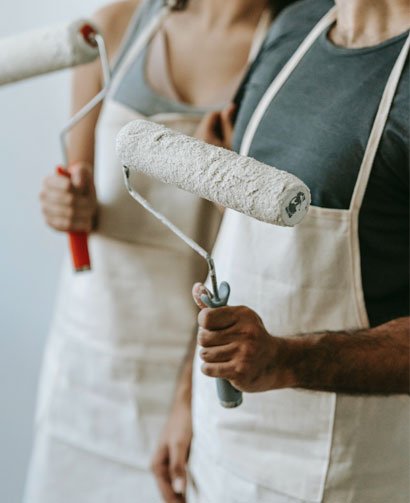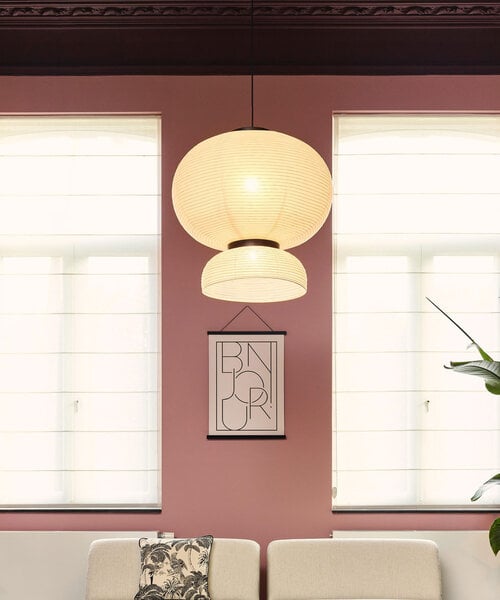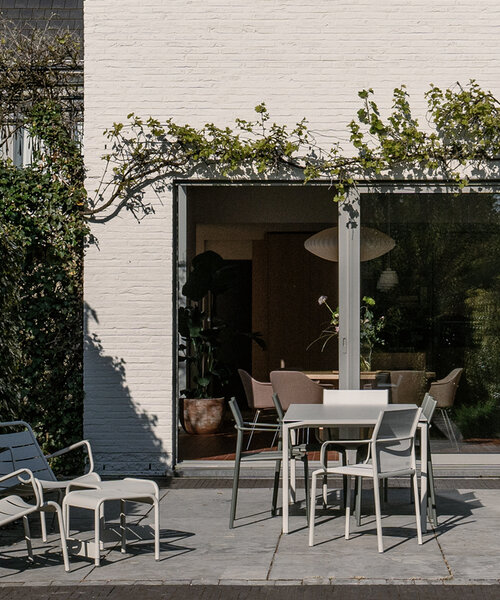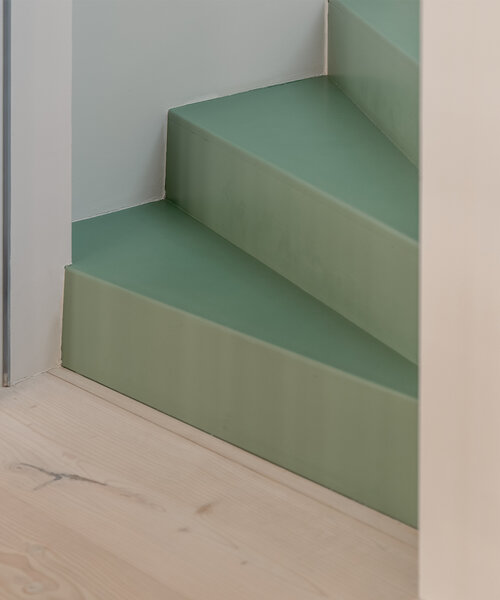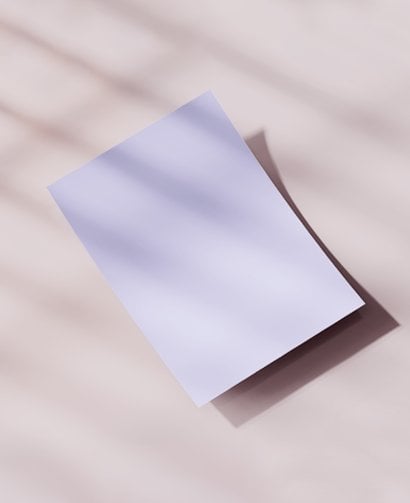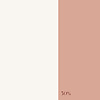5 tips for a perfectly painted ceiling

Painting a ceiling may seem difficult, but with these tips you will be just fine. The impact of a neatly painted ceiling is enormous, regardless of whether you choose classic white or colour. So don’t hesitate to do it before you start on the walls…
1 Clean your ceiling thoroughly
Clean your ceiling thoroughly before painting. Preferably do this with water and a dash of ammonia. It degreases well and, unlike other detergents, leaves no traces.
2 Use a primer
After cleaning, apply a coat of Wall Primer. Even if the ceiling has been painted before, starting with a primer is a good idea. It is important that the ceiling is well covered after that layer of primer and, in other words, that no transparent stains are visible anymore. If that is not entirely the case, it is best to apply a second layer of Wall Primer.
3 Finish with an extra matt paint
If you have followed our preparation tips above correctly, a single finishing coat will generally be sufficient. The more matt the paint, the fewer flaws or imperfections you will see in the end result. So preferably use an extra matt finishing paint for a ceiling, such as Superior Wall Paint Ultra Matt. Read below how to best apply the paint.
4 Work in small squares
Use a brush for the edges of the ceiling and a roller for the rest. Work in areas of approximately 1 meter by 1 meter and use enough paint. Load your paint roller twice with paint for each square and apply two parallel stripes, which you then roll out crosswise to distribute everything evenly. Once that's done, gently roll out one last time in the same direction. It is important that you work exactly the same way in each square for a nice, even result.

5 Work wet-on-wet
The art of a flawless ceiling also lies in the speed with which you work. After all, the paint in your first square should still be wet when you cover it with a part of your next square. The same goes for the edges of the ceiling, which you paint with a brush. They should still be wet when you roll over them. So wet-on-wet. Don't make your squares too big and keep going!


